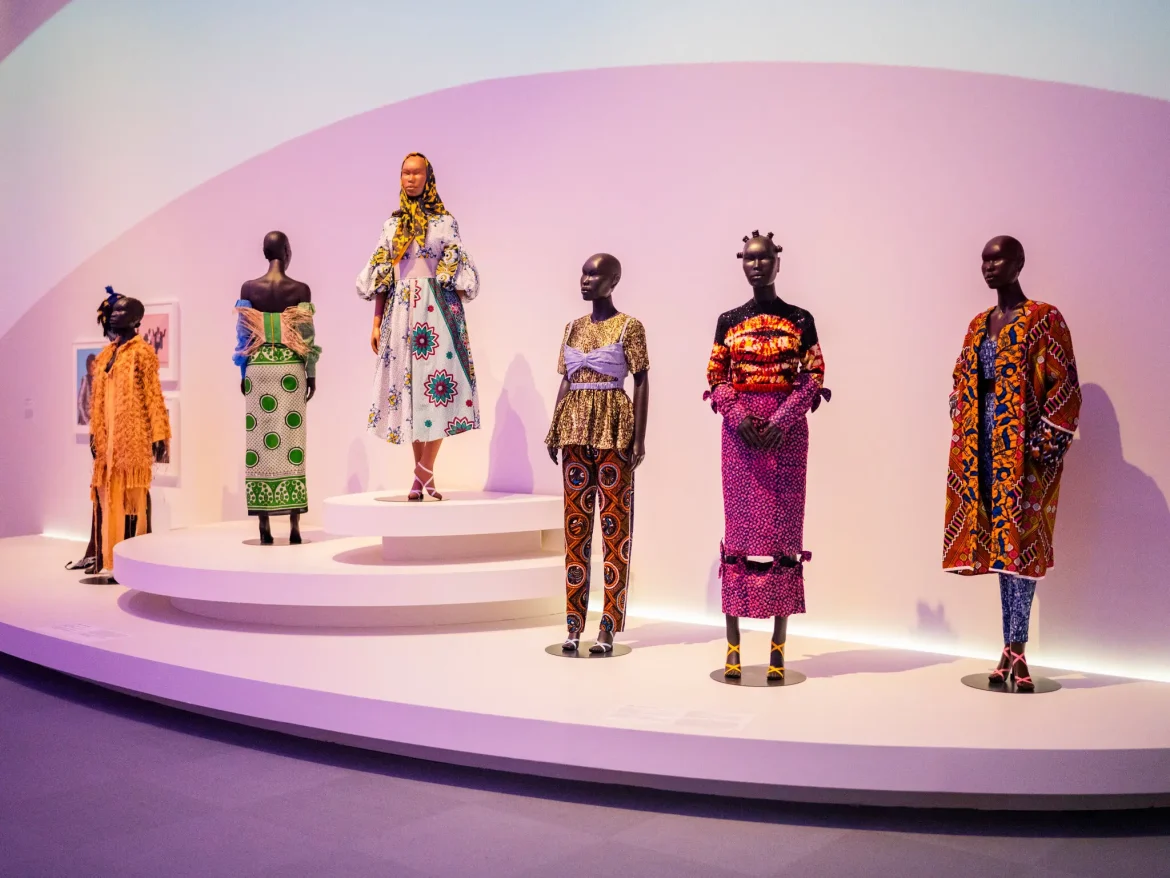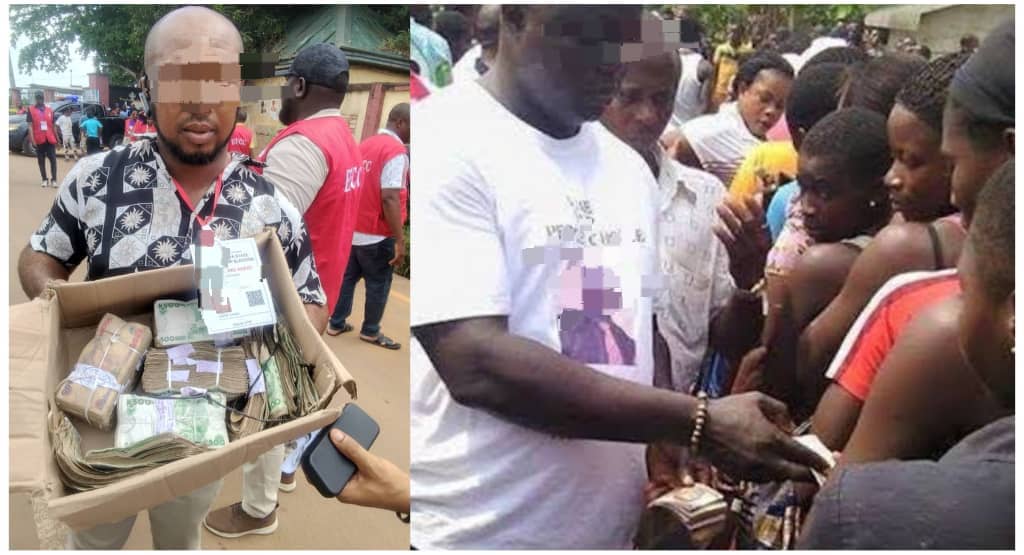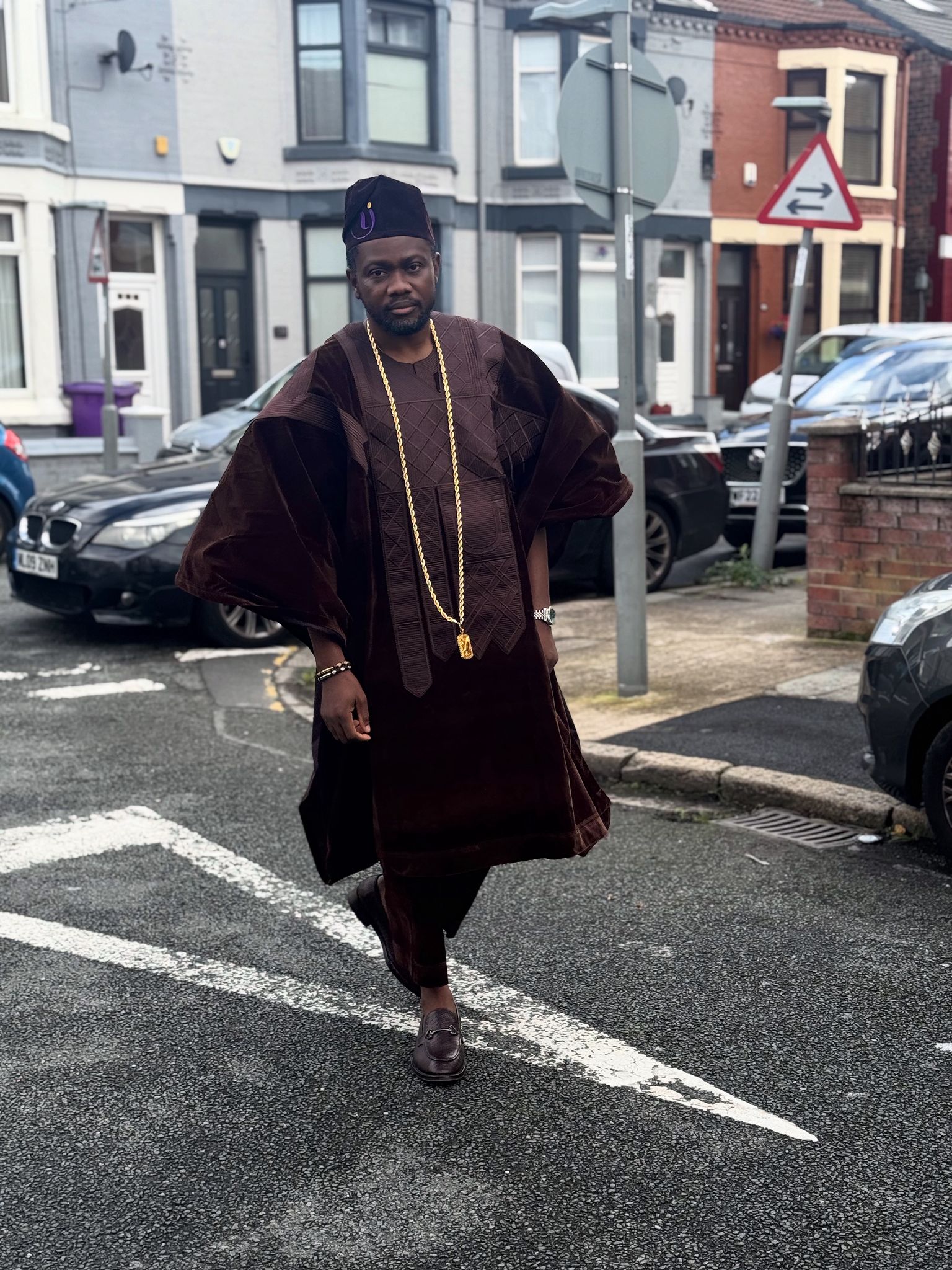Lagos Fashion: How Nigerian Designers Localize Global Trends

African fashion is rapidly evolving, blending creativity, innovation, and cultural identity to captivate global attention. At the heart of this transformation is Lagos, Nigeria’s bustling commercial capital, where designers are reinterpreting global trends to create fashion that is uniquely Nigerian.
Designers like Ejiro Amos Tafiri and Mai Atafo in Nigeria, alongside others across Africa—including Ghana’s Christie Brown and Larry Jay, Kenya’s Ikojn, and South Africa’s Boyde—are leading the charge in shaping the continent’s global fashion narrative. Cities such as Lagos, Accra, Marrakesh, Nairobi, and Johannesburg have become vibrant fashion hubs, mirroring their cosmopolitan identities and dynamic mix of cultures.
A recent study highlights how fashion in Lagos reflects the city’s unique blend of global and local influences. Through interviews with 18 Lagos-based designers, the study explores how these creatives navigate the intersections of tradition, modernity, and gender in their work—fusing cultural heritage with global aesthetics to redefine African fashion.
Cosmopolitanism with Local Roots
Cosmopolitanism, often associated with Western cities, is deeply embedded in African metropolises like Lagos. Philosopher Kwame Anthony Appiah describes this as rooted cosmopolitanism—a blend of global influences with strong local identities. Lagos, Africa’s most populous city, embodies this concept as a melting pot of migrants and cultures.
Fashion in Lagos exemplifies this hybridity. Designers use local fabrics—such as Aso oke, Akwete, Ankara, lace, and George—to create styles with global appeal. This trend, however, has not always been mainstream. Before the 2000s, indigenous fabrics were largely reserved for special occasions, while imported fabrics dominated everyday wear.
The shift towards local fabrics emerged through a combination of designer innovation, consumer education, and government policies—such as Nigeria’s 2017 Made-in-Nigeria Dress Days, which encourage the use of locally produced fabrics.
Designer Zena, a study participant, recalled her early struggles convincing clients to embrace local fabrics:
“Funny enough, they are easy to wear and not expensive. But it took a while for them to appreciate it.”
Today, Lagos designers are championing local fabrics in modern, globally appealing silhouettes, particularly for women. According to designer Eji, this fusion is intentional:
“The African woman is not only situated in Africa, but they are also all over the world. The world is more cosmopolitan now; we have interracial marriages, we can borrow culture from everywhere, we can interweave stuff.”
Men’s Fashion: The Reverse Trend
Interestingly, men’s fashion in Lagos takes the opposite approach. While women’s fashion often features local fabrics in Western-inspired styles, men’s fashion leans towards Western fabrics but retains traditional Nigerian designs. Popular styles for men include the buba and sokoto for daily wear and the agbada for formal occasions, reflecting cultural heritage through modern tailoring.
This duality in Lagos fashion—global trends for women, local styles for men—demonstrates the complexity of cultural exchange and identity in Nigeria’s fashion scene. As Lagos continues to cement its status as a global fashion capital, its designers are ensuring that African stories remain at the forefront of global conversations.
2 thoughts on “Lagos Fashion: How Nigerian Designers Localize Global Trends”
Comments are closed.



https://shorturl.fm/YvSxU
https://shorturl.fm/bODKa